Excursion Programs
ASIALEX 2023 has organized three excursion programs for participants, which are taking place on the second day of the conference (Friday 23 June) at 3.45 p.m.
To participate in one of these three guided tours, please fill in the form below and submit it by May 31st. The participation fee must be paid on site to the tour manager.
https://forms.gle/bpH3RhZKSh99EvR16
Please note that there is a quota of participants for each tour, and participation will be confirmed on a first-come, first-served basis.
Tour 1. Hiking in Ansan Mountain
Course: Yonsei University ➔ Muakjeong ➔ Muak Beacon Fire Station / Top of Ansan Mountain ➔ Bongwonsa Temple ➔ Yonsei University
Fee: KRW 10,000
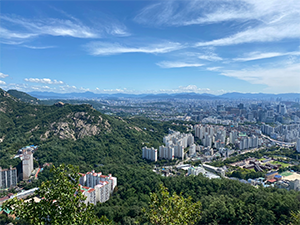
City view from the top of Ansan
Ansan is a mountain located north to Yonsei University’s Sinchon campus and is a little less than 300m high, providing nonetheless wonderful views of downtown Seoul. In addition, you will find at the top of Ansan the Muak Beacon Fire Station, which was an emergency contact facility during the Joseon Dynasty. At the foot of the mountain is the Buddhist temple Bongwonsa. The tour will start at the Yonsei Sinchon campus, go to the top of Ansan Mountain, and end with a tour of Bongwonsa Temple. The hike is expected to take 1 hour and 30 minutes.
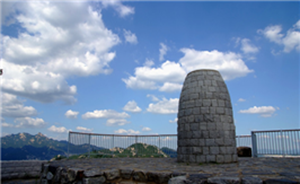
Muak Beacon Fire Station at the top of Ansan Mountain

Bongwonsa Temple
Ansan’s slopes are generally gentle, but be aware that you’ll need to climb up a stone path near the summit, so hike-friendly shoes are strongly recommended. In case of rain, this tour may be replaced by the "Ansan Footpath Trail"
Tour 2. Changdeokgung Palace & Ikseon-dong
Course: Yonsei University → Changdeokgung Palace → Ikseon-dong → Yonsei University
Fee: KRW 30,000
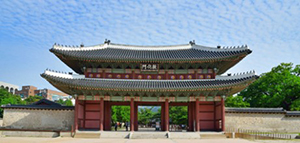
Changdeokgung Palace
Changdeokgung Palace is set within a large park in central Seoul. Built in 1405 under the reign of King Taejong, the 3rd king of Joseon, the palace was destroyed and rebuilt several times in the course of Korean history and was the most favoured residence of the Joseon kings. The entire structure of the Palace include three gates and three courts (an administrative court, royal residential court and official audience court). The buildings are constructed of wood and set on stone platforms, and decorated with ornamental carvings. Not only does Changdeokgung Palace present features from various periods of Korean history, but it was also built in a way to blend in with the natural topography of the site.
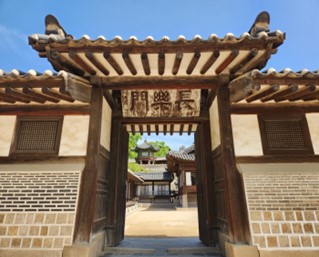
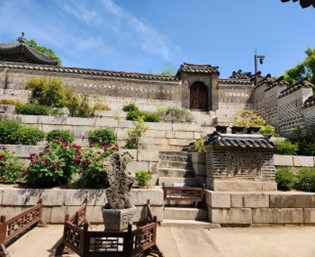
Nakseonjae Hall
Following the visit of Changdeokgung Palace, the tour will take you to Ikseon-dong Hanok (Korean traditional house) Street for sightseeing and teatime. Ikseon-dong is the oldest so-called Hanok Village in Seoul. It was once considered as the popular culture hub after the Japanese occupation. In the 70s, it was called Gugak Village because of the number of people who performed gugak( traditional Korean music ). One of the reasons why various elements of the Korean traditional culture has remained in every corner of the neighborhood. But much of its architecture has been renovated, becoming the place that made the Newtro (new + retro) Movement popular in the late 2010s. The tour is expected to take about 4.5 hours (including travel time).
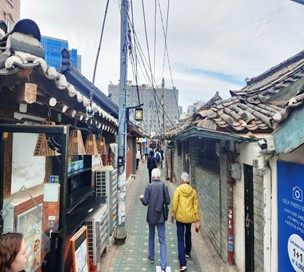
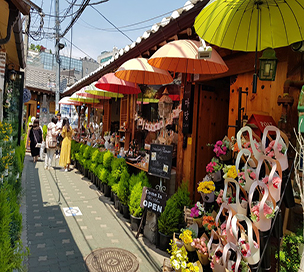
Ikseon-dong
Tour 3. The National Hangeul Museum
Course: Yonsei University → The National Hangeul Museum → Yonsei University
Fee: KRW 30,000
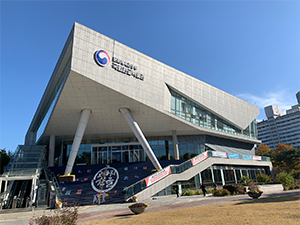
The National Hangeul Museum
The National Hangeul Museum was established in 2014 in central Seoul near the National Museum of Korea. The tour will take you on a journey through the history of the Korean alphabetical system known as Hangeul, its cultural and political context, as well as its linguistic structure and evolution. The National Hangeul Museum has gathered Hangeul-related data scattered around the country and abroad to showcase the cultural diversity and the value of Hangeul through exhibitions, interactive activities, and experience programmes.
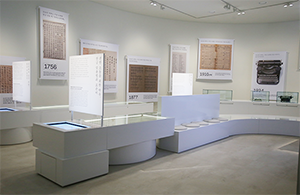
Exhibition Hall
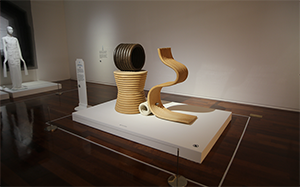
Sculptures representing Hangeul
The tour will be conducted by a professional guide of the Hangeul Museum in English and written explanations are provided in both Korean and English. In addition, there are many interactive games and audio-visual displays to help understand the basics of Hangeul reading and writing.
